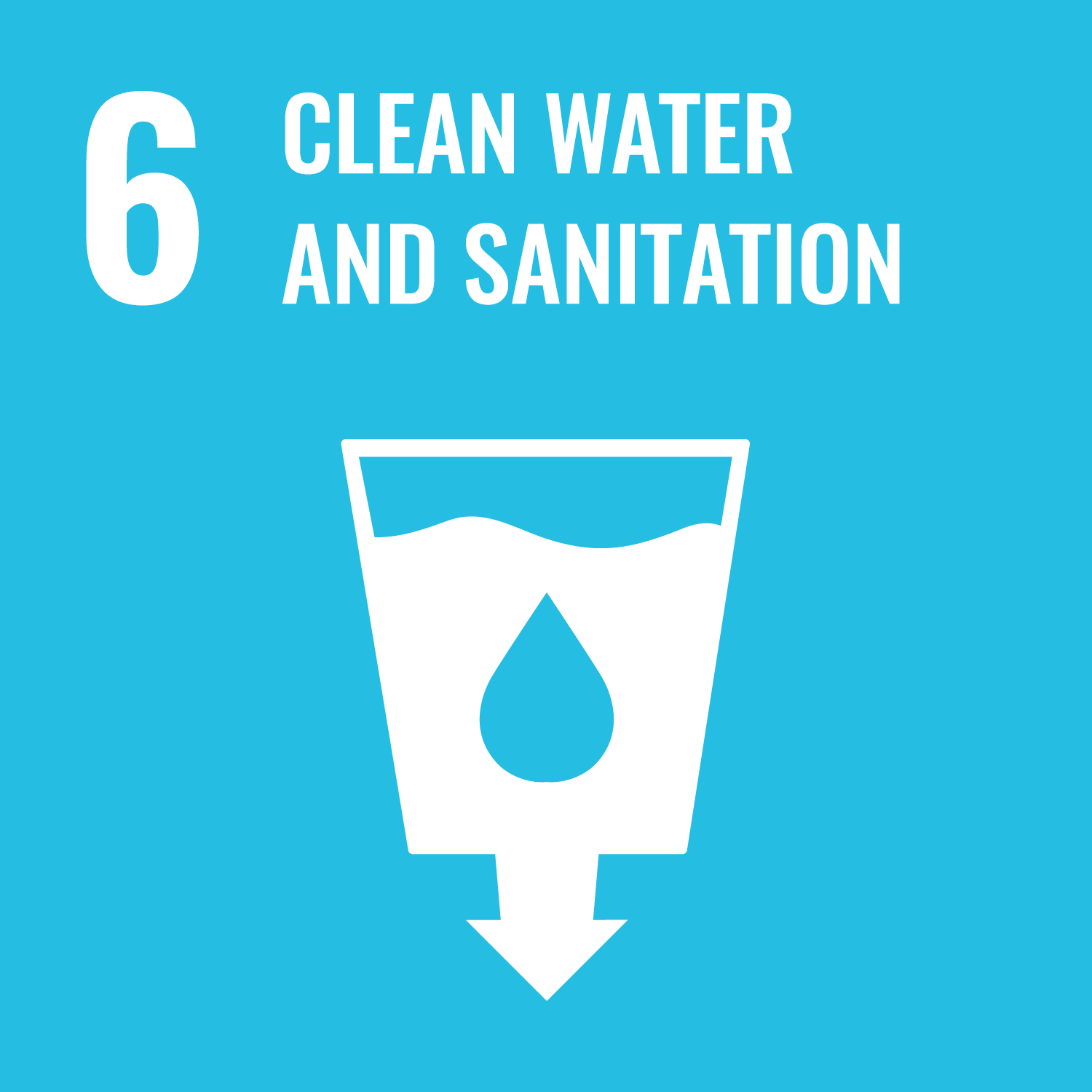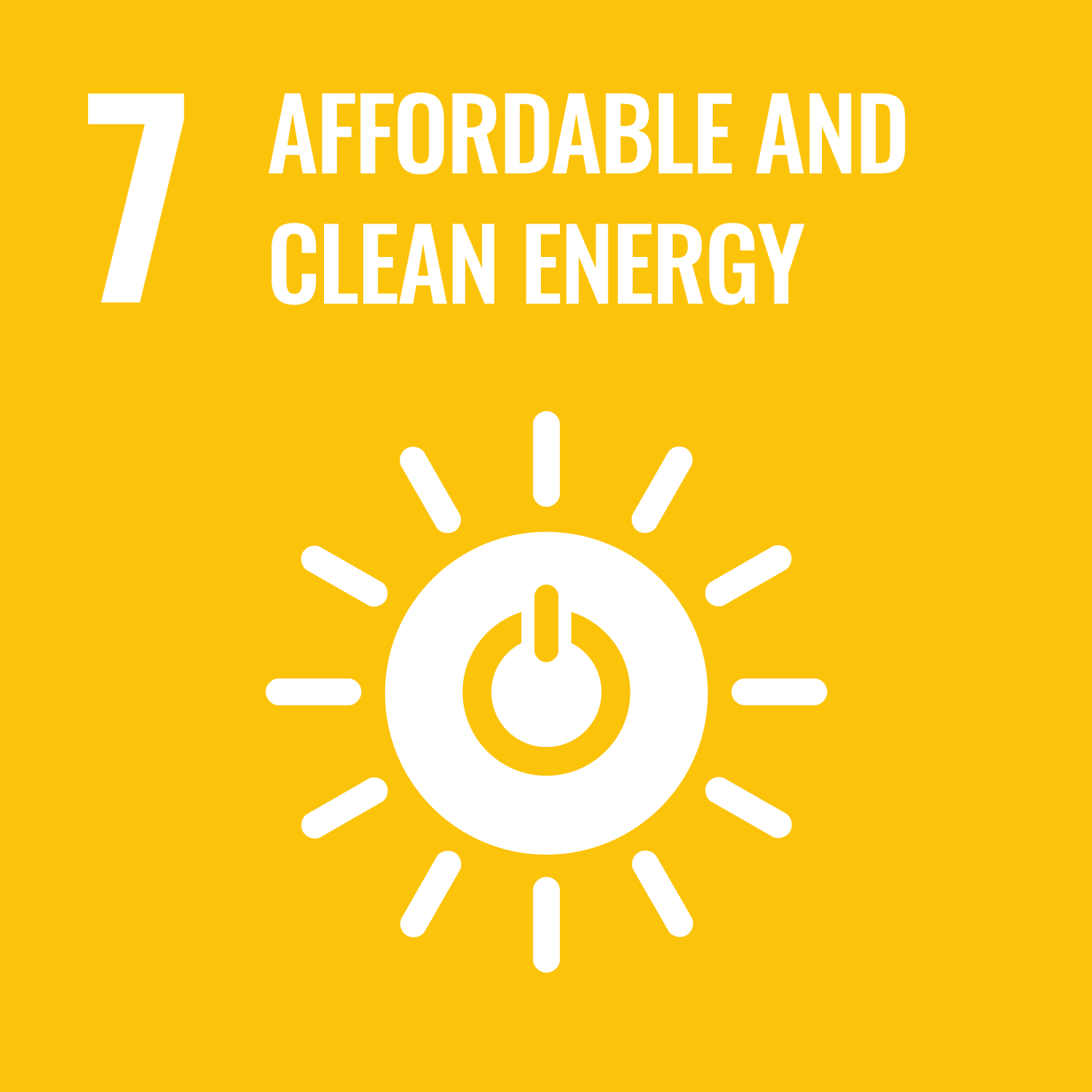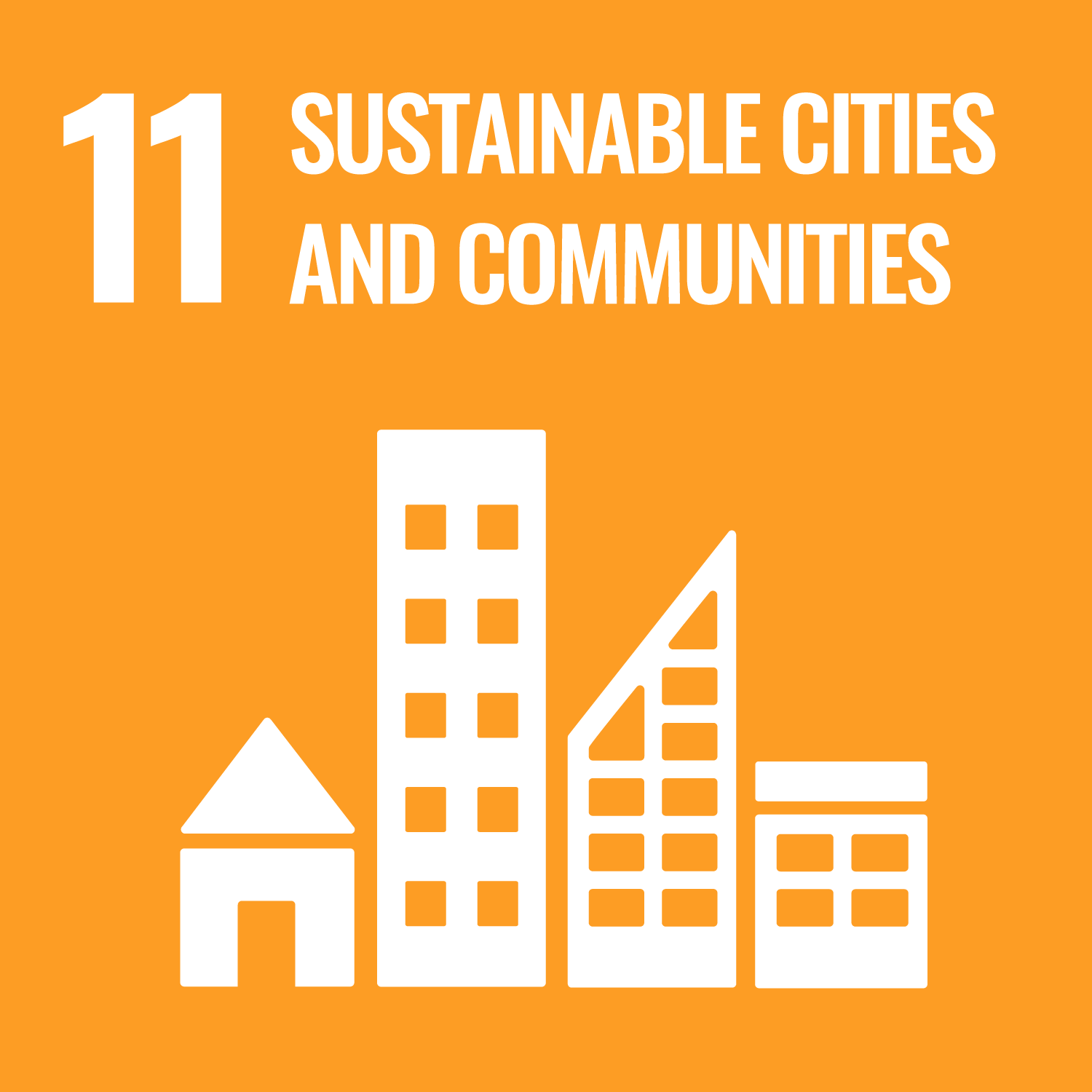This lecture introduces the fundamental understanding of fluid (liquid and gases) and its kinematics statically and dynamically,
or it can be called hydrodynamics. This lecture introduces the Pascal, Archimedes, and Bernoulli’s principles as well as Equation
of continuity which includes the physical quantity variable, temperature, pressure, force, and the characteristic of the fluid
(viscosity). The hydrodynamics principles of will be introduced in a mathematical form. After the midterm, the students will
learn more about the application of this principles in engineering and bioscience.
To understand the state of matter (gas, liquid, and solid) whereas the physics concept applies to the fluid (gas and liquid)
statistically and dynamically. Students shall understand the fundamental principles works on the fluid containing of temperature,
pressure, force, and equation of continuity. The students will finally introduce to the concept of viscosity and surface tension.
The students are also expected to understand the application of this principles in the engineering field such as airplane,
pump, and venturi meter, and in the bioscience field such as blood flow in human body, and the heart system.
| Goals and objectives | Course Outcomes | |
|---|---|---|
| 1. | The students understand the phase of matter, Pascal, Archimedes, and Bernoulli’s principles |
A-1
|
| 2. | The students learn the Equation of Continuity and its application |
A-1
|
| 3. | The students learn the Bernoulli’s Equation and its application |
A-1
|
| 4. | The students learn the fluid dynamics and its application in the engineering and bioscience |
A-1
|
| Class schedule | HW assignments (Including preparation and review of the class.) | Amount of Time Required | |
|---|---|---|---|
| 1. | Phase of Matter | Review of the lecture | 100分 |
| solve problems | 90分 | ||
| 2. | Fluid Statics: Pressure in Fluids | Review of the lecture | 100分 |
| solve problems | 90分 | ||
| 3. | Pascal Principles | Review of the lecture | 100分 |
| solve problems | 90分 | ||
| 4. | Archimedes Principles | Review of the lecture | 100分 |
| solve problems | 90分 | ||
| 5. | Fluid’s Dynamics: Flow Rate and the Equation of Continuity | Review of the lecture | 100分 |
| solve problems | 90分 | ||
| 6. | Fluid’s Dynamics: Flow Rate and the Equation of Continuity | Review of the lecture | 100分 |
| solve problems | 90分 | ||
| 7. | Mid-term examination and discussion on problem and solution | Midterm examination | 100分 |
| discussion on problem and solution | 90分 | ||
| 8. | -Application of Bernoulli’s equation: Torricelli, Airplanes, Baseballs, Blood Flow -Viscosity -Flow in tube: Poiseuille’s Equation, Blood Flow |
Review of the lecture | 100分 |
| review exam solutions | 90分 | ||
| 9. | Application of Bernoulli’s Principle: Torricelli, Baseballs, | Review of the lecture | 100分 |
| solve problems | 90分 | ||
| 10. | -Gas flow, heat transfer. -Conduction, Convection, Radiation |
Review of the lecture | 100分 |
| solve problems | 90分 | ||
| 11. | -Convention -Turbulent Flow -Reynold Number |
Review of the lecture | 100分 |
| solve problems | 90分 | ||
| 12. | -Viscosity, Laminar Viscous Flow -Turbulent Flow -Reynold Number -Prandtl Number |
Review of the lecture | 100分 |
| solve problems | 90分 | ||
| 13. | -Nusselt Number -Lesson recap -Rehearsal for Final examination |
Review of the lecture | 100分 |
| solve problems | 90分 | ||
| 14. | Final exam and discussion on the solutions | Review of the lecture | 100分 |
| review solution of exam | 120分 | ||
| Total. | - | - | 2690分 |
| Homew.+ particip. | Midterm exam | Final exam | Total. | |
|---|---|---|---|---|
| 1. | 3% | 10% | 13% | |
| 2. | 10% | 10% | 20% | |
| 3. | 10% | 10% | 20% | 40% |
| 4. | 7% | 20% | 27% | |
| Total. | 30% | 30% | 40% | - |
1) discussion participation in the class; 2) homework problem (emphasis put on originality of solutions); 3) midterm exam;
4) final exam, with relative weights of 30% (1+2), 30%(3), 40%(4). A minimum of 60% of the full score is required to pass
the course. That is to say two exams are sufficient (midterm and final) releasing therefore the pressure of having to score
the maximum in one exam only.
1. Physics for Scientists and Engineers with Modern Physics by Douglass C. Giancoli fourth edition Chapter 13 (Pearson New
International Edition 2014)
2. A Course in classical Physics 2 – Fluids and Thermodynamics (Undergraduate Lecture Notes in Physics) Chapter 1 by Alessandro Bettini (Springer International Publishing Switzerland 2016)
2. A Course in classical Physics 2 – Fluids and Thermodynamics (Undergraduate Lecture Notes in Physics) Chapter 1 by Alessandro Bettini (Springer International Publishing Switzerland 2016)
- Available time at room 4303-2 of Omiya Campus:
Monday 15:00 - 18:00 pm;
email: dita@shibaura-it.ac.jp
- Course that cultivates an ability for utilizing knowledge
- Course that cultivates a basic problem-solving skills
| Work experience | Work experience and relevance to the course content if applicable |
|---|---|
| N/A | N/A |







- 3.GOOD HEALTH AND WELL-BEING
- 5.GENDER EQUALITY
- 6.CLEAN WATER AND SANITATION
- 7.AFFORDABLE AND CLEAN ENERGY
- 8.DECENT WORK AND ECONOMIC GROWTH
- 9.INDUSTRY, INNOVATION AND INFRASTRUCTURE
- 11.SUSTAINABLE CITIES AND COMMUNITIES
Last modified : Wed Jul 13 04:03:46 JST 2022
